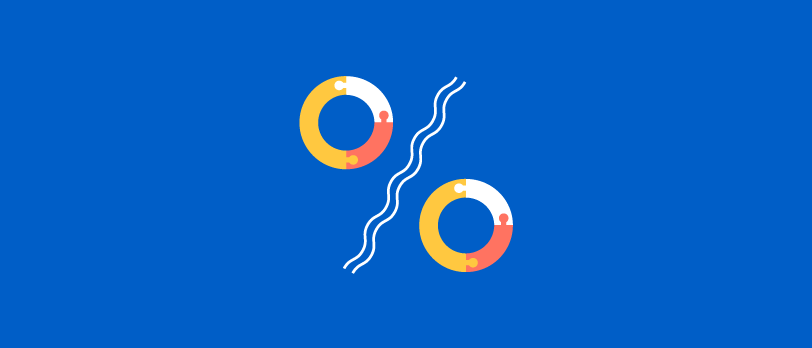
Championing diversity in tech?
When we first had the idea for Beyond, we discussed the importance of creating an event where everyone felt welcome. We all know that the technology sector often gets a bad rep for being an industry that’s focussed on the young white male, and we wanted to push against that.
It started with the speakers. I’ve read articles in the past by event organisers who suggest that there aren’t enough talented women to put on stage. Sure, there are fewer women than men, but technology is a big industry and there are lots of women doing innovative work. Other articles suggest that by putting more women on the stage, you have to compromise the quality of your speaker lineup. Organising Beyond has proven what I already knew: that there are plenty of accomplished and talented women in the technology industry who can speak confidently about code and design. We haven’t finished announcing our speakers yet but the lineup is split 50:50.
And of course, though it starts with the speakers, it’s just as important that the attendees reflect the same gender diversity. To reach beyond the usual audience, we partnered with a number of organisations that champion women who code.
Yet for all our efforts, we’ve also made mistakes. When creating the order form for tickets, we selected Eventbrite’s default gender question. It was only when a friend was ordering his ticket that we realised we were making people choose between male and female - the only two options Eventbrite gives you. Not wanting to alienate anyone who chooses to identify as nonbinary, we quickly made the decision to turn the question into a text field.
 So far, 33% of Beyond attendees have identified as female and 67% as male.
So far, 33% of Beyond attendees have identified as female and 67% as male.
We’re also tracking the age of attendees. Given that Beyond was originally designed for beginner and junior developers, you might expect most attendees to be under 25. Yet, as coding has come into the national spotlight recently, people of all ages have been learning. At Steer - the code school behind Beyond - we’ve had a 9 year old and a 57 year old attend our courses. With Beyond it’s a similar story - there are more people above 25 than under.
 The average age of attendees is 29 and the most common age is 24.
The average age of attendees is 29 and the most common age is 24.
The final area that we wanted to track was occupation. It’s here that the results have so far been the furthest from what we’d expected, with an audience much wider than we’d originally assumed. It’s not all that surprising, given how many roles are being changed by the switch to digital, and the increasing demand for coding skills in traditionally non-technical occupations. At Beyond, 45% of attendees are developers. Designers are the second biggest group and represent 25% of attendees. Within those identifying as designers, there are just as many UX Designers and Graphic Designers as there are Digital Designers.
 45% of attendees are developers. The other 55% is made up of designers, entrepreneurs, project managers and other traditionally non-technical roles, proving that it's not just developers who require coding skills in today’s job market.
45% of attendees are developers. The other 55% is made up of designers, entrepreneurs, project managers and other traditionally non-technical roles, proving that it's not just developers who require coding skills in today’s job market.
We’ll keep you posted on how the numbers change as we sell more tickets. As ever, if you have any questions, drop an email to [email protected] or tweet us @BeyondConf_.
